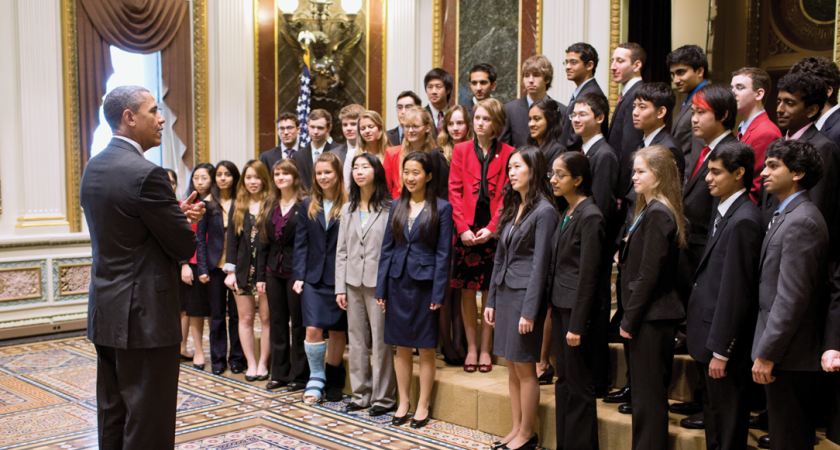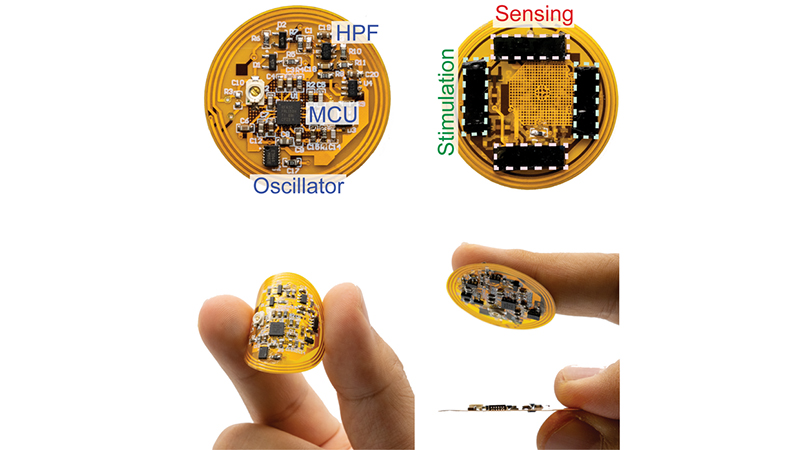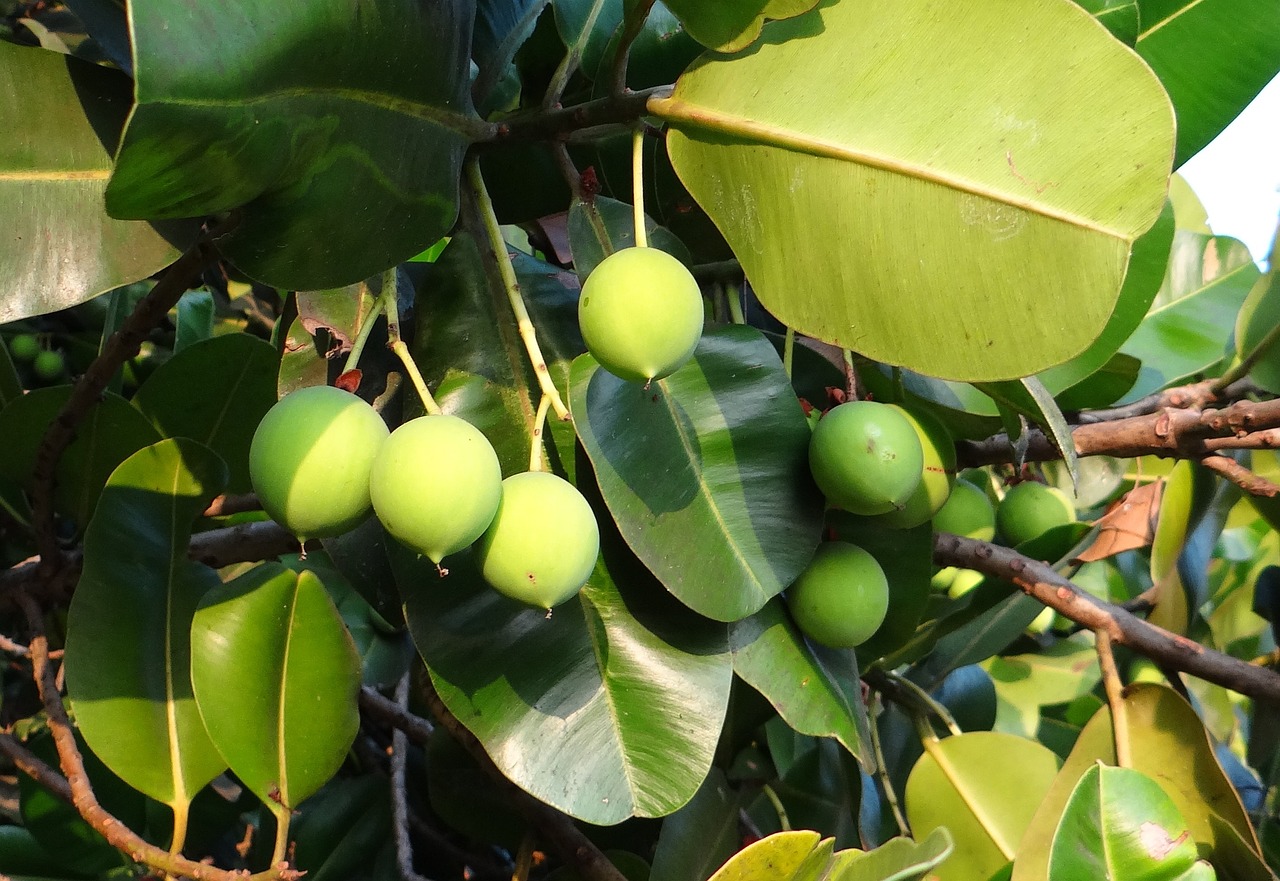In case you were worried that youth of today are lax and self-centered, take a look at these high school seniors whose dedication and enthusiasm is heartening. If these young folk are a representation of today’s youth, we can relax because the future is in good hands.
The Intel Science Talent Search 2015 (Intel Science Award), a program of the Society for Science and the Public (SSP), awarded $150,000 each and Medals of Distinction to three high school seniors who excelled in the categories of Basic Research, Innovation, or Global Good. In those same categories, three second place winners were awarded $75,000 each and third place winners got $35,000. Overall, more than a million dollars was awarded to forty deserving recipients from eighteen states.
Discoveries in the category of Basic Research were all in the field of Mathematics, where their efforts expounded on previous concepts and understandings. Winner Noah Golowich of Massachusetts developed a proof in Ramsay theory. Brice Huang of New Jersey worked on “power ideals,” while Shashwat Kishore of Pennsylvania presented “abstract algebras using matrices.”
The Medal of Distinction for Global Good seeks students who “demonstrate great scientific potential through their passion to make a difference.” The prize went to Andrew Jin of California, whose work with genomes “discovered more than 100 adaptive mutations related to immune response, metabolism, brain development and schizophrenia” in DNA sequence and may well lead to new therapies and vaccines. Kalia Firester’s (NY) important work with proteins from soil nematodes may have incredible implications for world agriculture. Anvita Gupta (AZ) worked to develop a computer that could identify drugs to aid in the cure of such diseases as cancer, tuberculosis, and Ebola.
The Innovation category honors design creativity through problem-solving. To that end, the entrants “demonstrate the problem-solving aptitude of an engineer through innovative design and creativity.” Michael Winer’s (MD) work investigated the interaction between phonons and electrons; Saran Prembabu (CA) examined varying electrical and magnetic interactions of materials in nanocrystal superlattices; and Catherine Li (FL) worked on fiber-based particles for use in drug delivery and potentially personalized cancer treatments.
This is quite obviously not a competition designed to give talented high-schoolers a pat on the back and a semester’s worth of tuition. This is a quest to seek brilliant young minds in STEM whose unique perspectives and investigations may present a new way of seeing the challenges of today. And they are in good company.
The Society for Science and the Public is a reputed non-profit founded in 1942. Since then, the Science Talent Search has recognized innovators who have “gone on to win eight Nobel Prizes, two Fields Medals, five National Medals of Science, twelve MacArthur Foundation Fellowships and even an Academy Award for Best Actress.”
Those are shining examples and high standards to meet, but I’ll wager these stellar young students will be up for the challenge.







